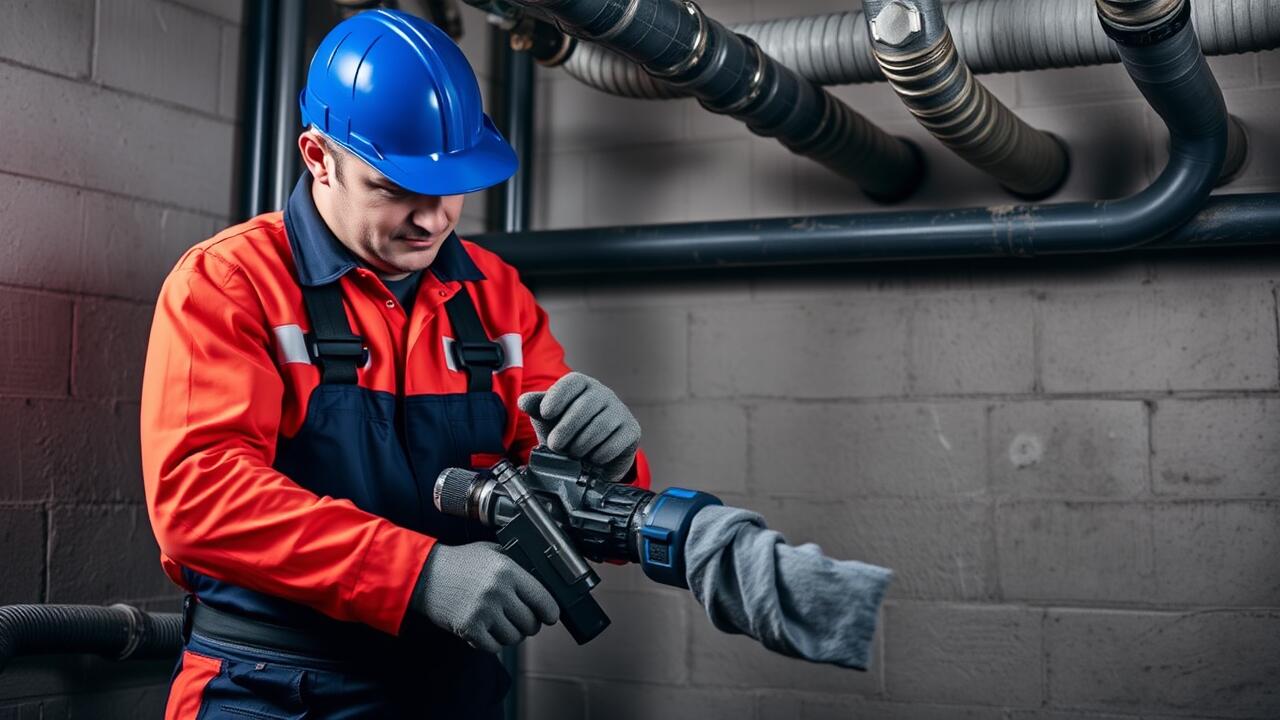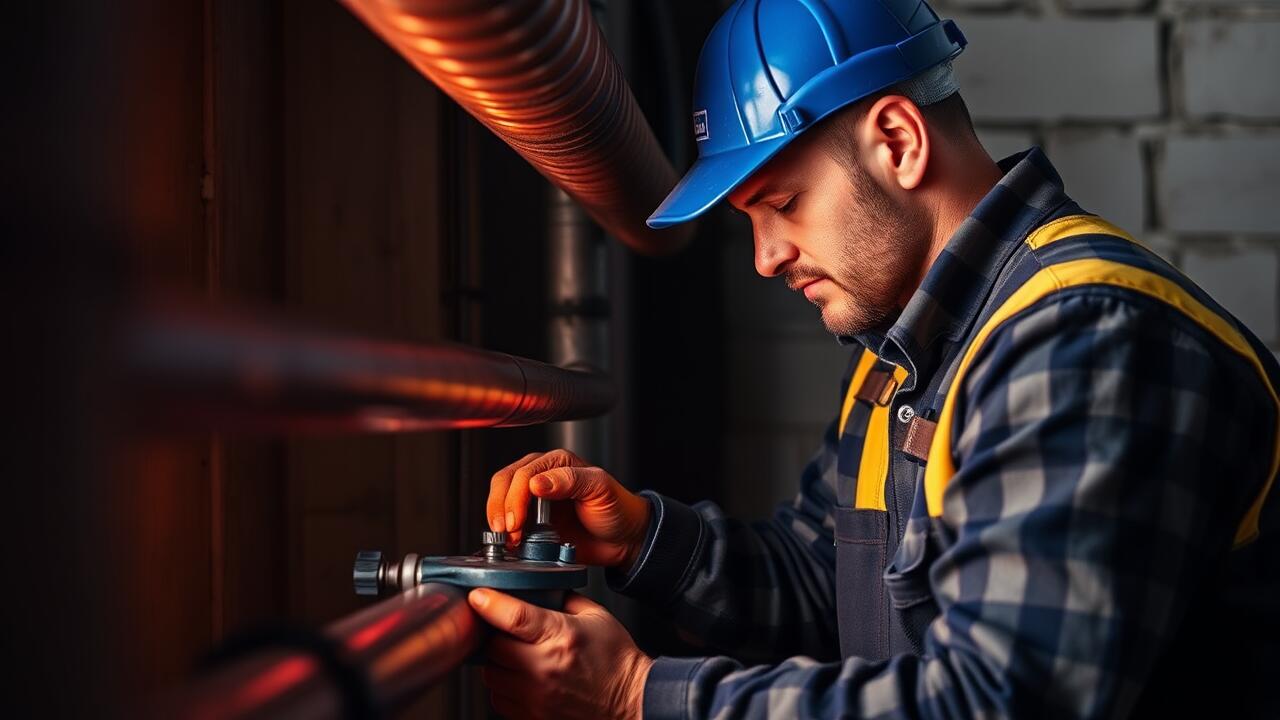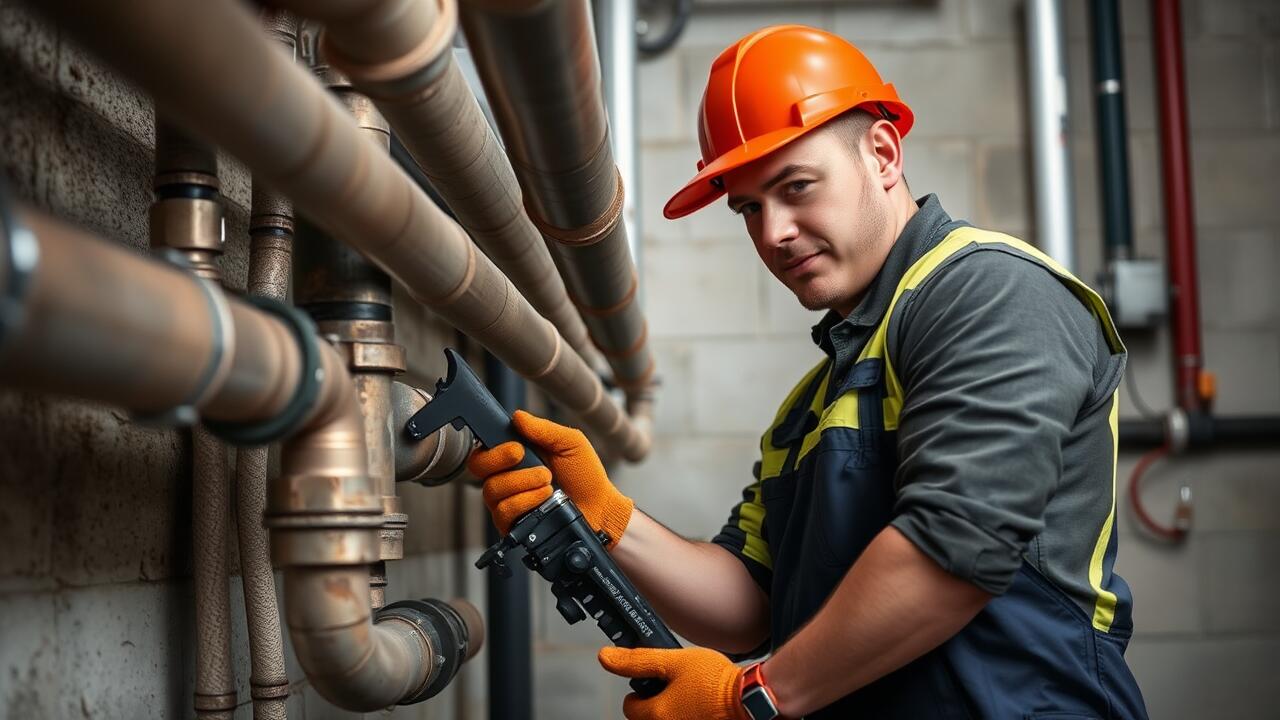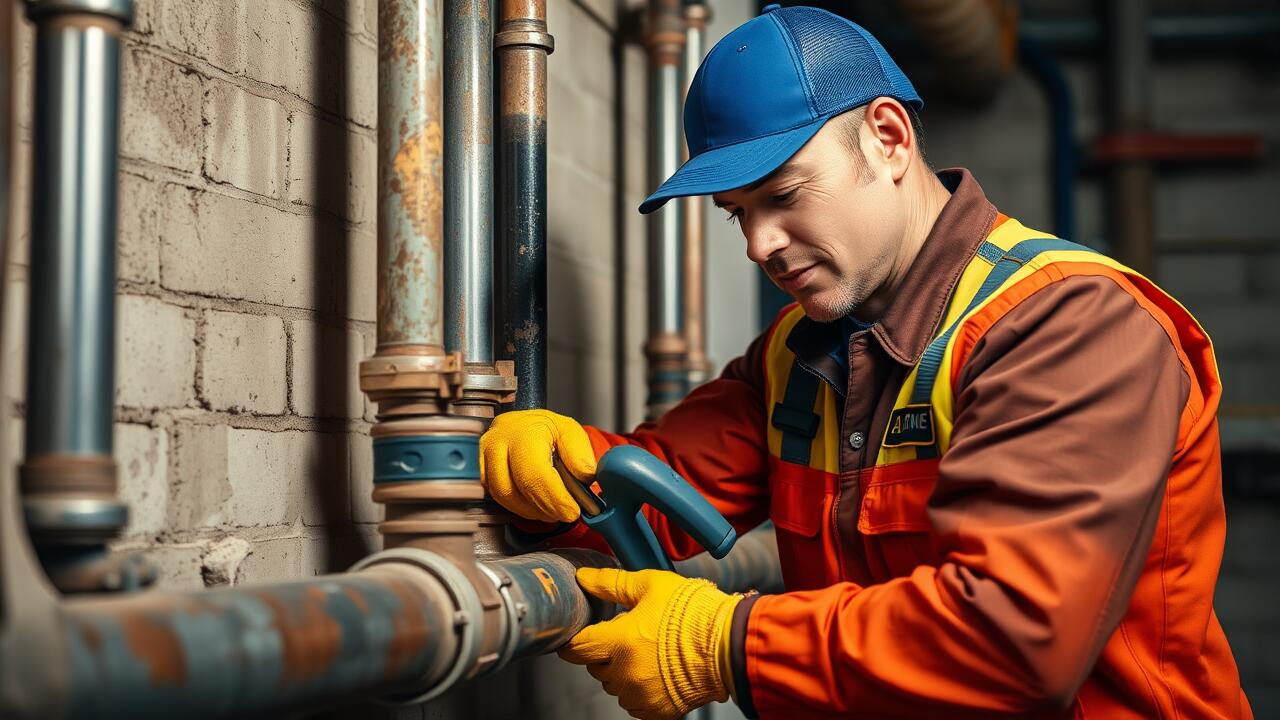
Preventative Maintenance Strategies
Preventative maintenance strategies play a crucial role in prolonging the lifespan of sewer lines. Regular inspections can help identify potential issues before they escalate into significant problems. Homeowners should consider scheduling annual inspections with a professional plumber to assess the condition of their sewer systems. These inspections can reveal early warning signs such as corrosion, blockages, or misalignments, allowing for timely intervention and reducing the likelihood of damaging leaks.
In areas like Woodland Hills, Los Angeles, pipe repair services often emphasize the importance of routine maintenance. Keeping sewer lines free from debris and roots can prevent costly repairs down the line. Homeowners can also take proactive measures, such as ensuring proper drainage around their properties and avoiding flushing non-biodegradable materials. By implementing these strategies, they can minimize the risk of sewer line deterioration and enhance the overall efficiency of their plumbing systems.
Regular Inspection Practices
Regular inspection plays a vital role in maintaining the health of sewer lines. Homeowners should consider conducting routine visual checks of their property’s drainage system. Signs of distress such as standing water or unusual odors can indicate deeper issues. Investing in periodic inspections by professional plumbers ensures that problems are identified early. This proactive approach not only saves on costly repairs but also extends the longevity of the system.
In Woodland Hills, Los Angeles Pipe repair services offer specialized inspection techniques using advanced technology. Cameras can be inserted into the sewer lines, providing a clear picture of their condition. This method identifies blockages, buildup, and structural damages that are not visible from the surface. Timely insights gained through these inspections equip homeowners with the necessary information to address potential issues before they escalate.
Root Intrusion Solutions
Root intrusion poses a significant challenge for sewer lines, leading to costly repairs and potential system failures. Trees and other vegetation often find their way into underground pipes, compromising structural integrity. Implementing solutions for root intrusion requires both immediate action and long-term planning to prevent recurrence. Regular maintenance is essential, particularly for areas like Woodland Hills, where tree roots are prevalent.
One effective strategy is the use of root cutters designed to eliminate invasive roots without damaging the sewer line. Chemical treatments can also provide a deterrent, preventing roots from re-entering designated pipe sections. Additionally, homeowners in Woodland Hills, Los Angeles Pipe repair specialists can assess the specific location and nature of root intrusion. This targeted approach aids in selecting the best methods for remediation while preserving the surrounding landscaping.
Effective Root Removal Techniques
Effective root removal techniques are essential for maintaining the integrity of sewer lines. One commonly used method is the application of mechanical equipment, such as rooter machines or high-pressure water jets. These tools can clean out roots effectively, restoring the flow within the pipes without causing significant damage. In cases of extensive root intrusion, a specialized device known as a hydro-jetter may be employed to clear stubborn blockages and remove a larger volume of roots. Regular use of these techniques can help prevent future issues related to root growth.
Chemical treatments also serve as an effective measure against root intrusion. These substances, often created from foaming agents or herbicides, can kill roots without damaging the surrounding pipe infrastructure. When implemented alongside mechanical methods, chemical treatments can enhance the overall effectiveness of the removal process. Residents in West Hollywood, Los Angeles, should consider combining these techniques with regular maintenance to ensure their sewer lines remain clear and functional.
Addressing Leaking Joints
Leaking joints in sewer lines can lead to significant issues if not addressed promptly. When joints begin to deteriorate, they may allow wastewater to escape, causing environmental concerns and potential damage to the surrounding property. Identifying the cause of the leaks is crucial for effective repairs. Regular monitoring and prompt attention to any signs of leakage can help mitigate larger problems down the road.
Woodland Hills, Los Angeles pipe repair specialists often recommend several methods for sealing leaks in joints. One common approach involves using epoxy resin, which creates a tight seal and can bond effectively to various pipe materials. Another option is the use of slip lining, a process that entails inserting a smaller pipe into the existing line to create a new barrier against leaks. Both methods can extend the life of the sewer system and reduce the likelihood of future issues.
Methods for Sealing Leaks
Sealing leaks in sewer lines is crucial for maintaining the integrity of the plumbing system. Various methods can be employed to address leaking joints effectively. One popular approach involves applying epoxy resin, which can form a durable barrier over the leak. This method allows for quick application and can often be completed without extensive excavation, making it less disruptive for homeowners seeking solutions in Woodland Hills, Los Angeles pipe repair.
Another effective technique is the use of pipe relining. This method involves inserting a cured-in-place pipe (CIPP) into the existing pipe structure, providing a new liner that seals leaks and restores functionality. The process typically requires minimal digging and can be performed in a day. Homeowners benefit from a long-lasting solution that enhances the strength of the existing sewer lines while minimizing the risk of future leaks.
FAQS
What are some preventative maintenance strategies for sewer lines?
Preventative maintenance strategies include regular inspections, clearing debris from gutters and drains, and avoiding flushing non-biodegradable items down the toilet.
How often should I inspect my sewer line?
It is recommended to inspect your sewer line at least once every 1-2 years, or more frequently if you notice signs of trouble, such as slow drains or backups.
What causes root intrusion in sewer lines?
Root intrusion is typically caused by trees or shrubs seeking moisture. Their roots can penetrate sewer lines through existing cracks or joints, leading to blockages and damage.
What are effective techniques for removing tree roots from sewer lines?
Effective techniques for root removal include using a mechanical auger, hydro-jetting, or chemical root killers specifically designed to eliminate roots without damaging the pipes.
How can I address leaking joints in my sewer line?
Leaking joints can be addressed through methods such as epoxy sealing, pipe lining, or replacing the damaged section of the pipe to ensure a proper seal and prevent further leaks.



